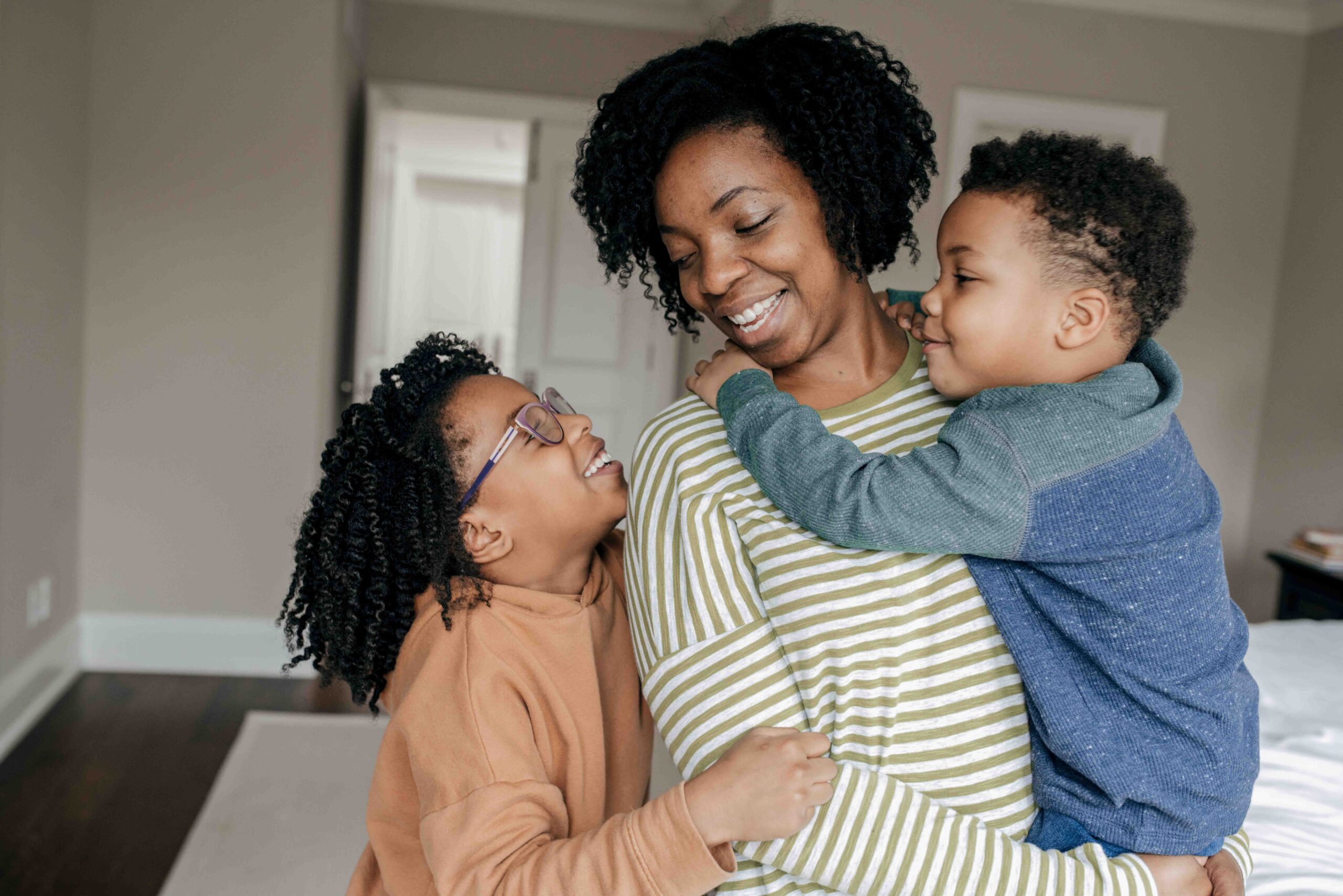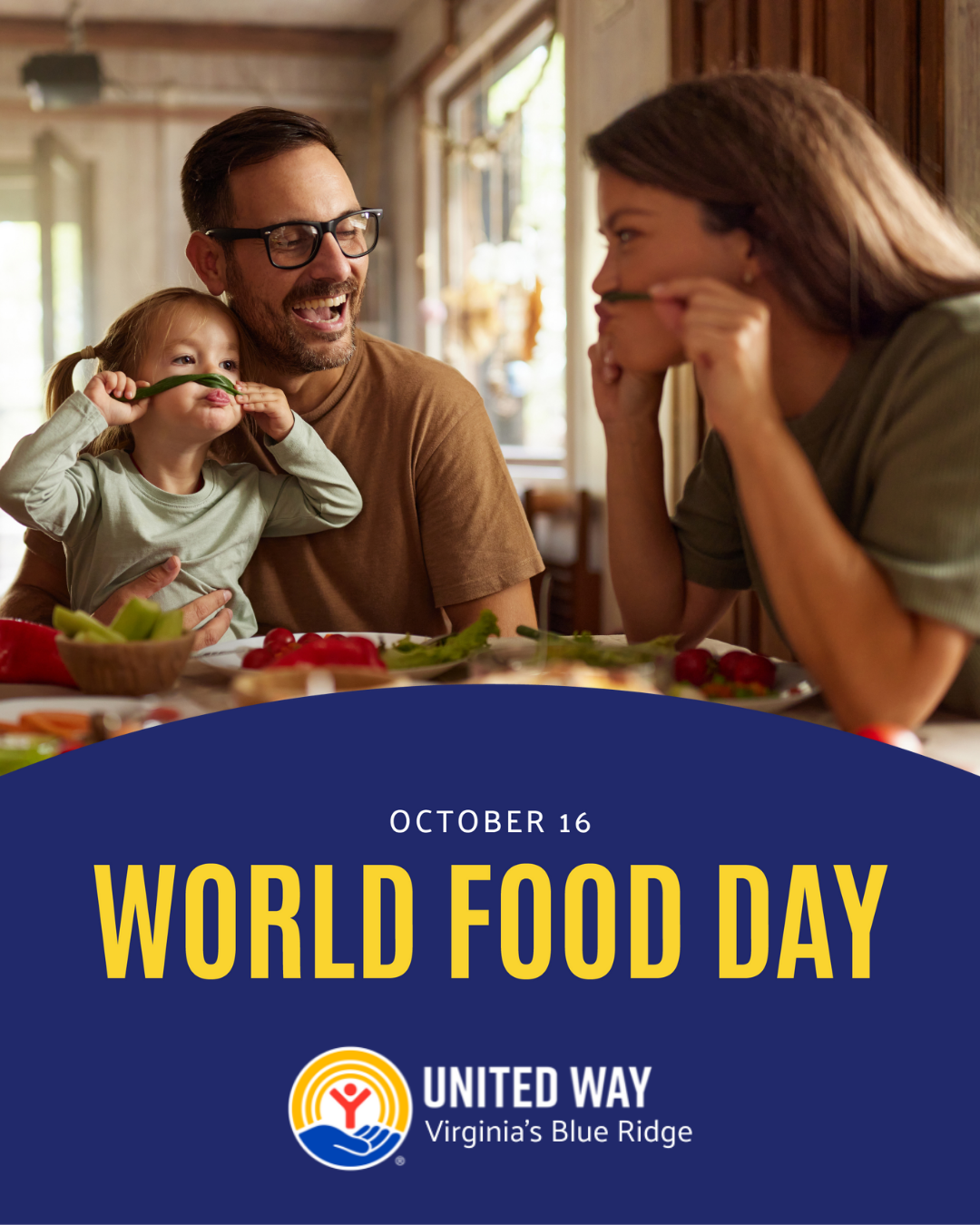When the last school bell rings, learning does not have to stop. Afterschool programs give kids a safe place to go where they can finish homework, get tutoring or mental health support, eat a healthy snack, and spend time with caring adults. Many programs also offer opportunities like art, sports, or dance lessons—activities children may not otherwise get to try. Research shows these programs make a big difference. Children who take part in afterschool programs do better in school, have stronger social skills, and are less likely to make risky choices like skipping class or using drugs (Afterschool Alliance, PMC, GraduateProgram.org).
The need is great. Across the country, nearly 25 million children would join an afterschool program if one were available, but there are not enough spots (Afterschool Alliance). Families also face barriers like limited transportation or a lack of reliable funding for programs. National studies confirm that out-of-school time programs provide essential benefits for youth and families, but more support is needed to help these programs thrive (National Academies).”
Why does this matter for everyone in our community? Because when youth don’t get the support they need, the whole community feels the effects—through higher dropout rates, more juvenile crime, and cycles of poverty that strain schools, safety systems, and local resources.
Here in Virginia’s Blue Ridge, United Way helps meet this need through our afterschool alliance Strengthening Youth Opportunity Program (SYOP), which supports five local afterschool providers:
- West End Center for Youth
- Boys & Girls Club of Southwest Virginia
- Family Service of Roanoke Valley
- Presbyterian Community Center
- Community Youth Program at St. John’s
Together with the support of United Way of Virginia’s Blue Ridge—in the form of grant dollars and an alliance that helps partners share resources and best practices—these programs reached 476 youth in the past year. They provided 175 students with mental health services, held 360 hours of individual and group counseling for students and parents, and delivered $3,605 in emergency funds to families through Presbyterian Community Center. These numbers reflect real change for local families.
When we invest in afterschool programs, we invest in a stronger community for everyone:
- Better education → a more skilled workforce for local businesses (Mathematica)
- Safe spaces for youth → lower crime rates and healthier neighborhoods (Police Chief Magazine, Afterschool Alliance)
- Support for families → less strain on emergency services and more parents able to work and contribute to the local economy (National Academies)
Every child who thrives today helps build a safer, stronger, and more prosperous region tomorrow. You can help, too. Volunteer at a partner site during Day of Caring on September 17, many of which support youth directly or the wellbeing of their families or give to United Way to keep these programs strong year-round. Together, we can make sure every child has the chance to shine after school.
Sources:
- Afterschool Alliance, America After 3PM Report
https://www.afterschoolalliance.org/AA3PM/ - National Academies (2025), Out-of-School Programs Benefits
https://www.nationalacademies.org/news/2025/05/out-of-school-programs-provide-essential-benefits-for-children-and-youth-more-support-is-needed-to-help-these-programs-thrive - GraduateProgram.org, Importance of Afterschool Programs
https://www.graduateprogram.org/blog/the-importance-of-afterschool-programs-for-students/ - PMC, Benefits of Afterschool Programs
https://pmc.ncbi.nlm.nih.gov/articles/PMC4597889/ - Afterschool Alliance, Crime & Safety Report (2019)
https://www.afterschoolalliance.org/afterschoolsnack/Afterschool-turns-the-peak-time-for-crime-into-a-time-of_10-16-2019.cfm - Police Chief Magazine: Afterschool and Juvenile Crime
https://www.policechiefmagazine.org/after-school-the-prime-time-for-juvenile-crime/ - Mathematica (2025), Evidence Review on Youth Education & Outcomes
https://www.mathematica.org/-/media/publications/pdfs/international/2025/evidencereview_combined.pdf





